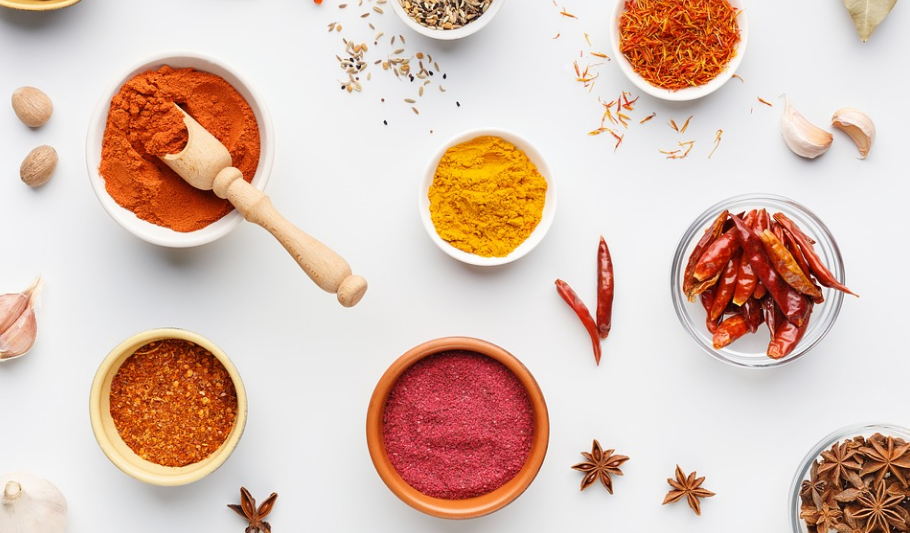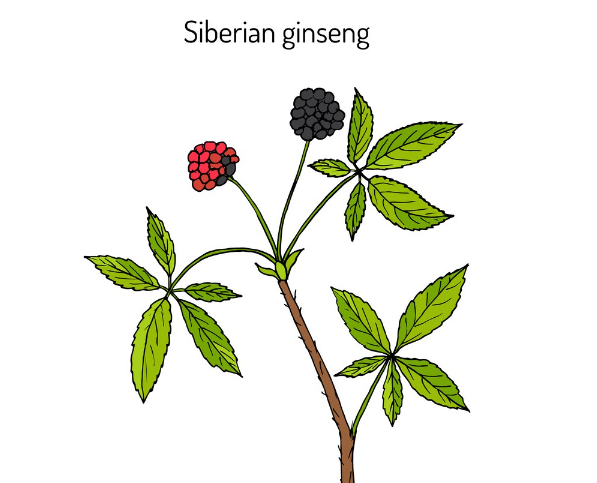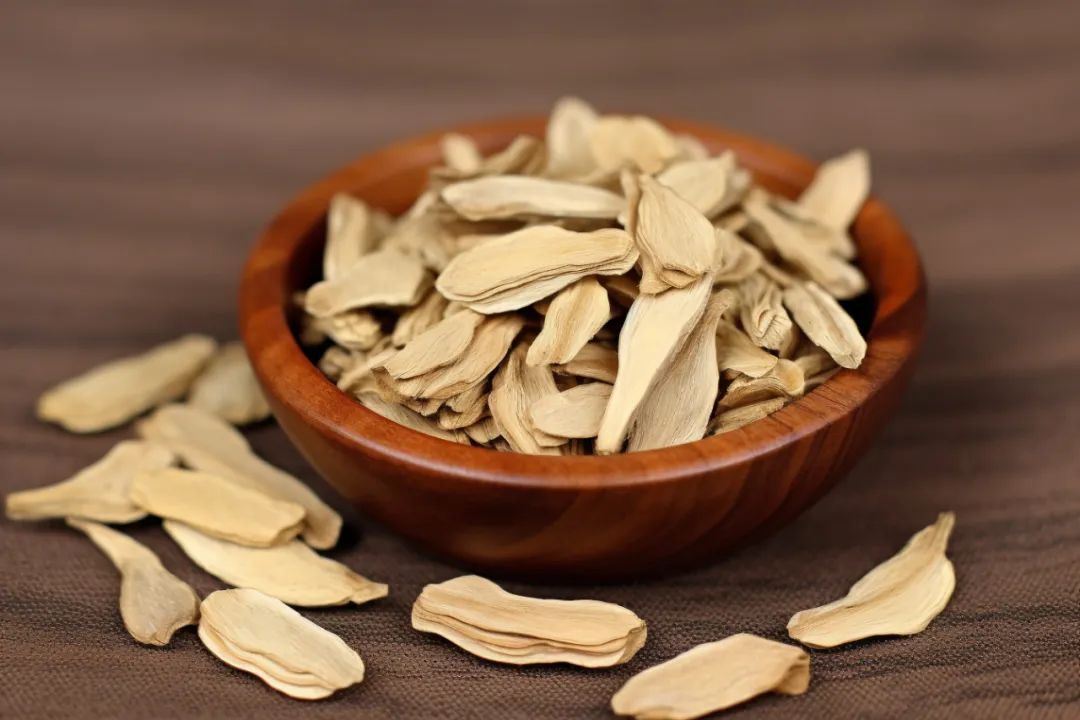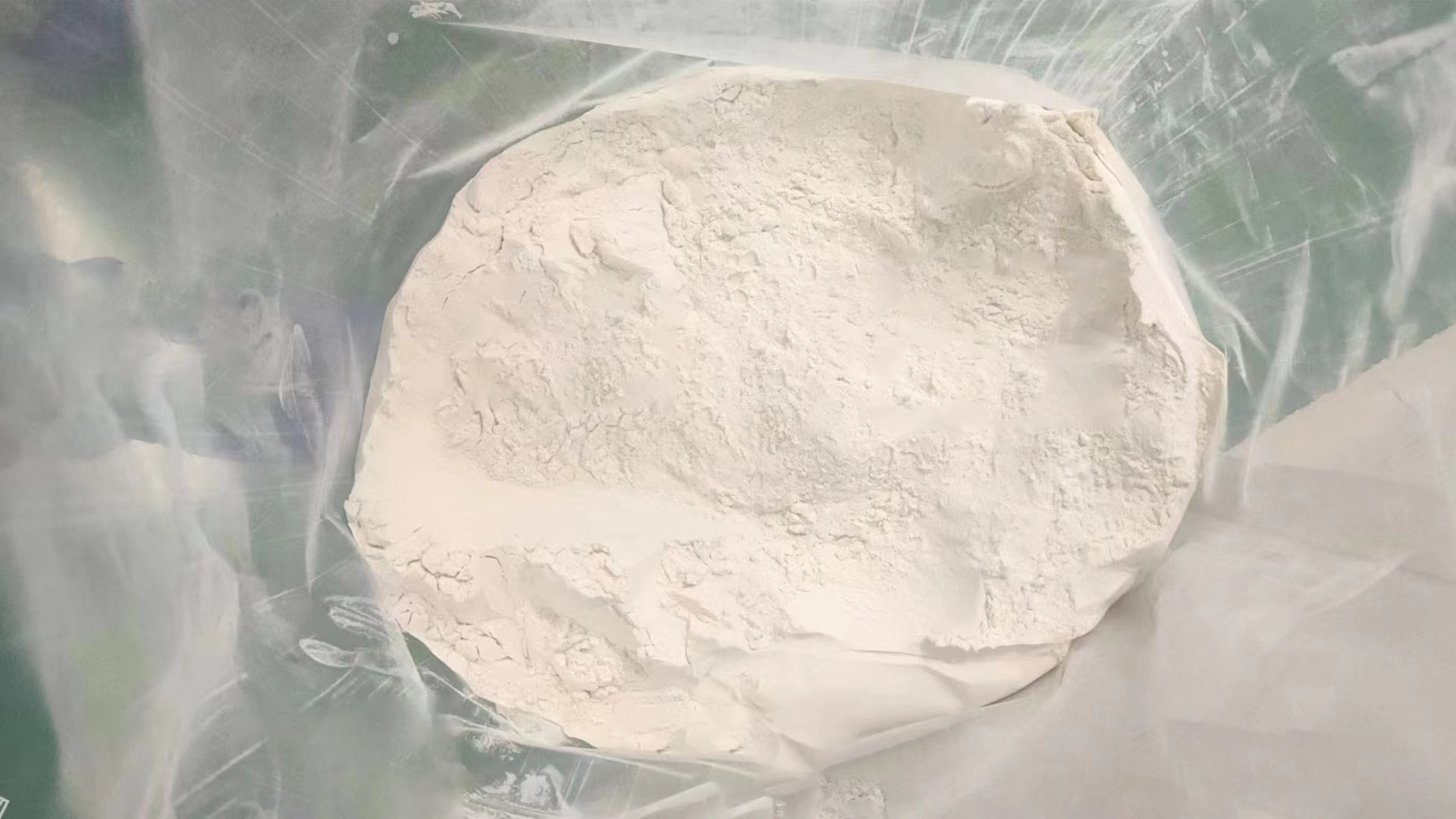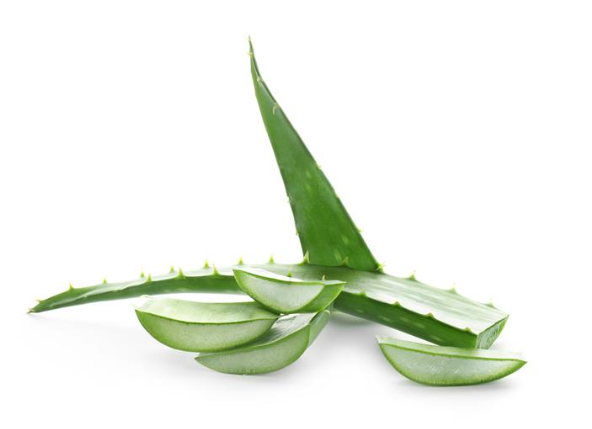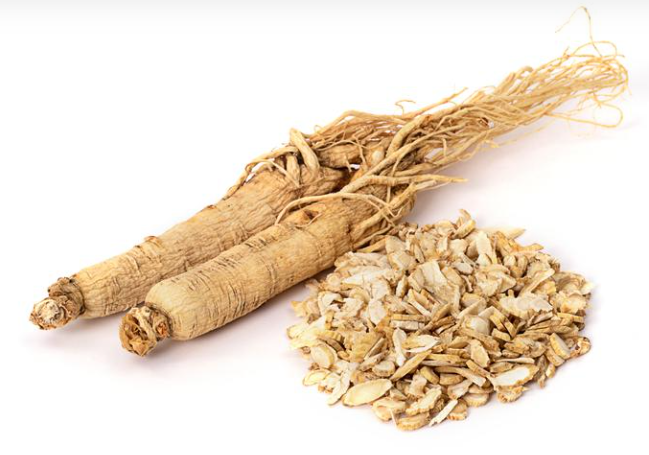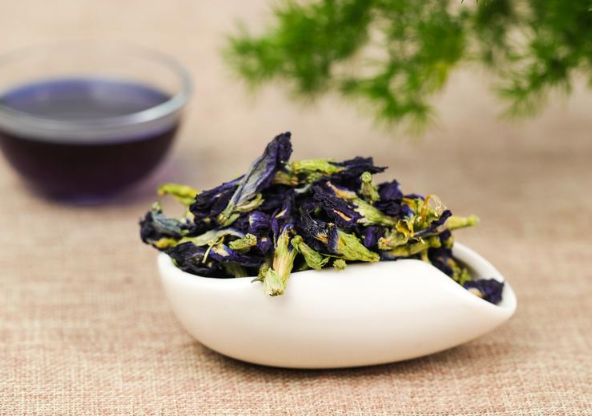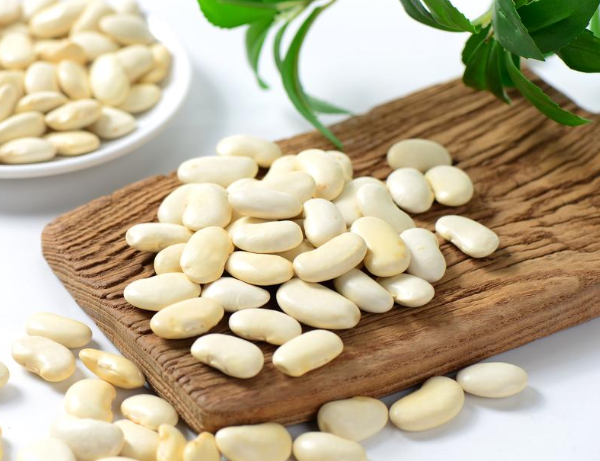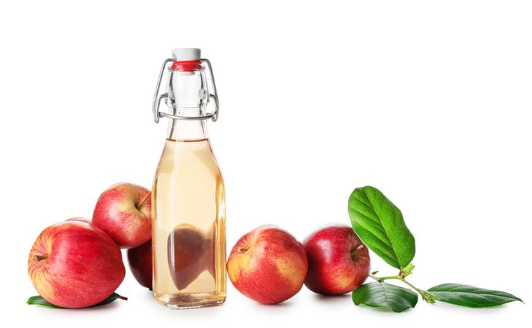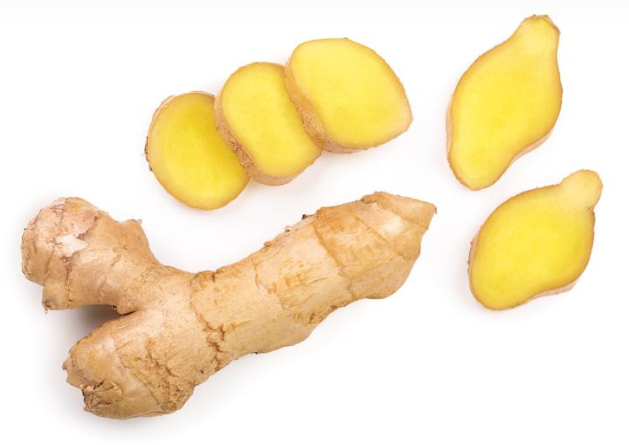Astragalus, commonly known as Huangqi, has gained recognition for its versatile health benefits, particularly in the realms of immune support, liver protection, brain health, and overall well-being. In this blog, we delve into the current status of native Huangqi, its composition, cultivation, and explore the burgeoning market for Huangqi products both domestically and internationally.
Native Huangqi Composition:
Huangqi, derived from the dried roots of Astragalus membranaceus var. mongholicus or Astragalus membranaceus, boasts a complex chemical profile. Its main constituents include flavonoids, saponins, polysaccharides, amino acids, and a variety of micronutrients. With over 150 identified compounds, Huangqi's richness in flavonoids, polysaccharides, and saponins contributes to its therapeutic properties.
Cultivation and Historical Significance:
Having a longstanding history in traditional Chinese medicine, Huangqi, originally named "Huangqi," was first documented in the "Shennong Bencao Jing" during the Han Dynasty. While historically rooted in regions like Sichuan, Gansu, and Shaanxi, the main cultivation areas have shifted to Inner Mongolia, Shanxi, Gansu, and Heilongjiang over time.
China Domestic Production and Export:
China boasts a substantial cultivation area for Huangqi, with Inner Mongolia's Guyang County alone cultivating 112,000 acres by 2023. Shanxi, another major producer, has approximately 450,000 acres dedicated to Huangqi cultivation. Gansu, particularly centered in Longxi, contributes around 120,000 tons annually. In terms of exports, Asia accounts for nearly 90%, with countries like South Korea, Japan, Taiwan, and Hong Kong being the primary destinations.
Astragalus Root Extract Powder Market Application:
The domestic market for Huangqi products is in its early stages, primarily featuring basic forms such as Huangqi capsules, powders, and bagged teas. Despite the simplicity of these products, their sales remain robust, reflecting the enduring popularity of Huangqi in traditional Chinese medicine. With Huangqi's inclusion in the "List of Traditional Chinese Medicines with Both Medicinal and Edible Uses," there is potential for the emergence of more diverse and nutritionally focused products.
International Huangqi Products:
In contrast to the domestic market, international markets have witnessed more advanced development in Huangqi products. Japan, for instance, has introduced various skincare products like Huangqi lotion, essence, and toner. Furthermore, in the realm of nutritional supplements, a significant focus is on immune health. Products range from single-component Huangqi extracts to complex formulations combining Huangqi with other immune-boosting ingredients.
Diverse Health Directions:
Beyond immune health, global Huangqi products cater to various health directions, including liver health, cellular aging, fitness, and mental well-being. Combinations like Huangqi with milk thistle, collagen peptides, and fermented Huangqi with spore-forming Bacillus showcase the versatility of Huangqi in addressing diverse health needs.




